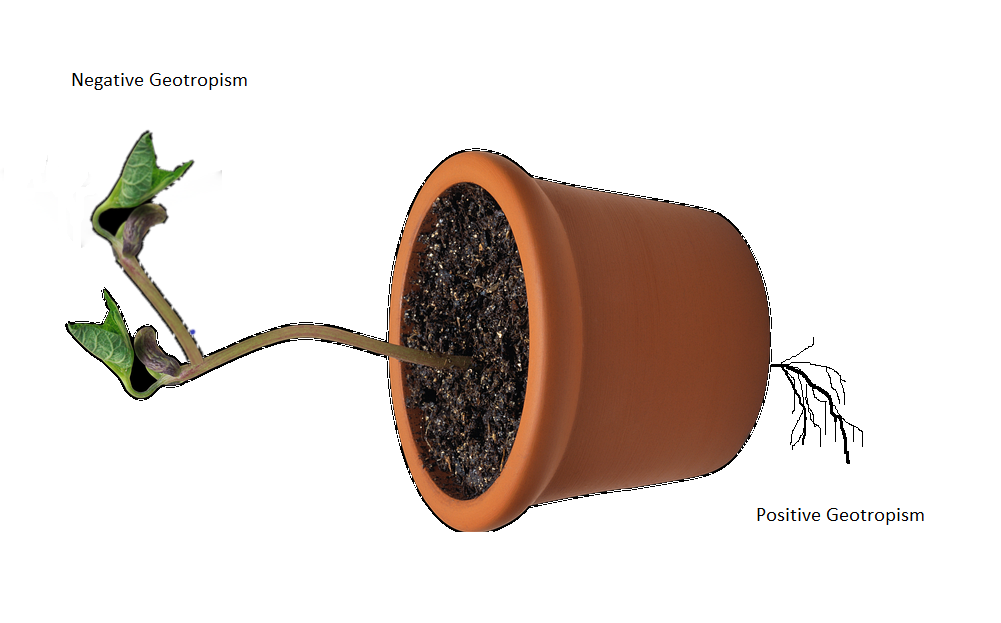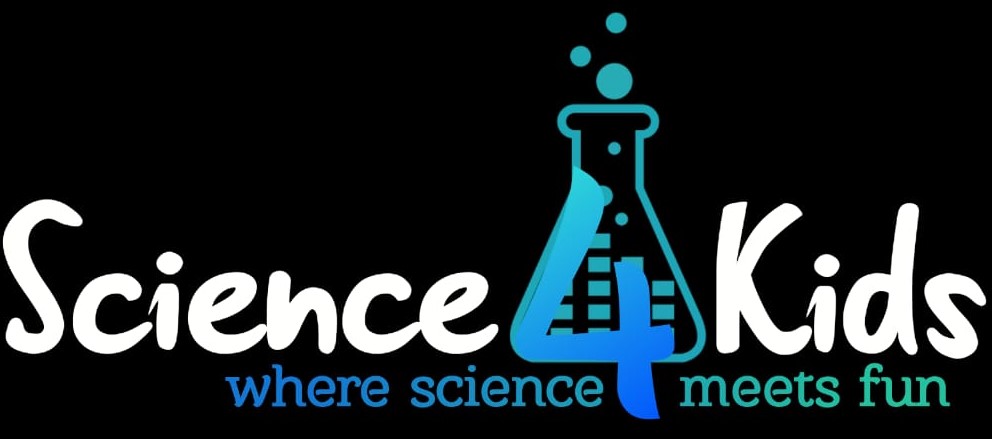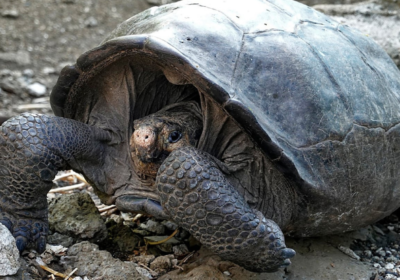Geotropism refers to the way in which plants respond to gravitational force. It is also called gravitropism. Roots of plants grow down, in accordance with gravitational pull. This is termed as positive geotropism. On the other hand, plant shoots always go against gravitational pull towards the source of sunlight. This is called negative geotropism. We can demonstrate positive and negative geotropism in plants with the help of a geotropism science project. Do you have a small potted plant in your garden? If you are willing to pull it out from the soil to see the geotropic effects, we can go ahead with the project.
Project questions
- Are the roots of plants always positively geotropic?
- Are the shoots of plants negatively geotropic?
What we need
Small potted plant – 1
Open area which receives sunlight

Procedure
- Take the potted plant and make sure that the soil is moist.
- Tilt the pot to one side.
- Now we have both the root and the shoot of the plant parallel to the ground.
- Keep the plant in the tilted position for one week. It should be in an area that receives sufficient sunlight.
- Observe what is happening to the shoot. We can see the stem of the plant bending towards sunlight, away from earth. This is a demonstration of the negative geotropism of the plant shoot.
- Now slowly pull out the plant from the soil, without damaging its roots. You will see that the roots have started bending downwards, towards ground. This is caused due to the positive geotropism in roots.
Project data chart
| Finding | Day 1 | Day 2 | Day 3 | Day 4 | Day 5 | Day 6 | Day 7 | Day 8 |
| Is the shoot bending towards sunlight? | Yes/No | Yes/No | Yes/No | Yes/No | Yes/No | Yes/No | Yes/No | |
| Is the root bent towards ground? | ____ | ____ | ____ | ____ | ____ | ____ | ____ | Yes/No |
Did you enjoy doing this geotropism science project? For more related projects, visit our Projects section.
Here’s Something You Might Like
As a participant in the Amazon Associates Program, Science4Kids may earn from qualifying purchases.




